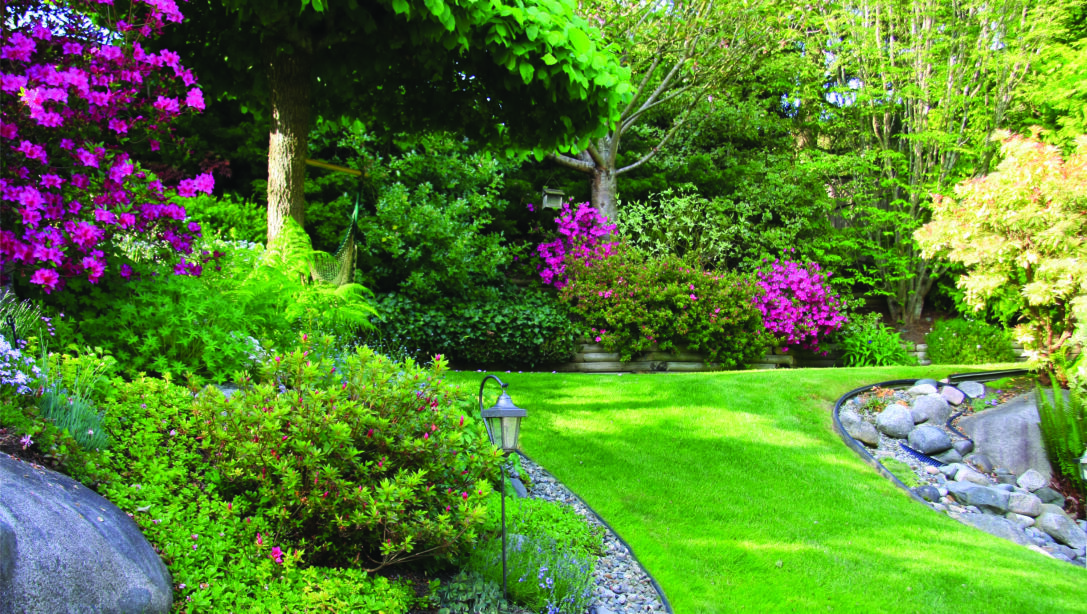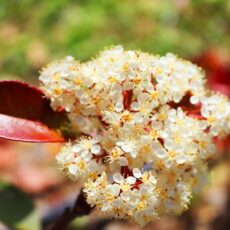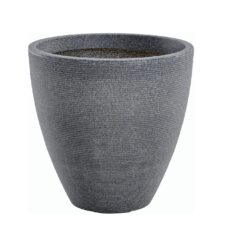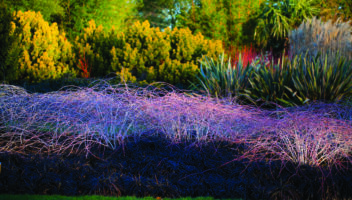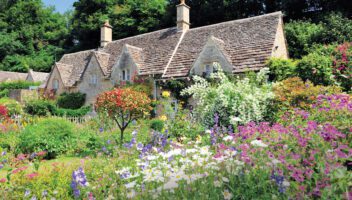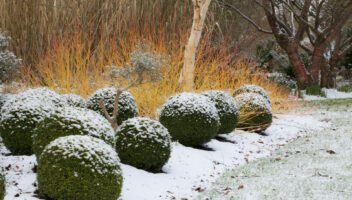There are no better plants than evergreen shrubs to help achieve a backdrop against which your showy perennials can shine. Many evergreen varieties also offer their own grand show in the spring and summer months, as well as providing the green setting all year round.
Shrubs in Position
Evergreen shrubs are often planted to the rear of beds and borders, with perennial planting in front. This is expected and creates depth, but there is also scope to change things up. Try planting lower-growing shrubs like Leucothoe ‘Rainbow’ or Euonymus fortunei ‘Emerald Gaiety’ further forwards and have taller perennials such as verbena, alliums or agapanthus popping up behind throughout the year.
You could take this even further and use clipped evergreens like Japanese holly (Ilex crenata) or yew (Taxus baccata) planted with herbaceous perennials for a striking contrast of formal and informal.
Low Maintenance Shrubs
Another benefit of planting some evergreens in your plot is that, in general, they are very low maintenance. Fill a border with perennials and you’ll spend a lot of time on your knees staking, deadheading, and cutting back, not to mention lifting and dividing periodically. All of this is good, wholesome gardening fun, but perhaps having a few areas that needed less input could be welcomed!
Once established in the right type of soil, most evergreen shrubs will take care of themselves with perhaps just a yearly feed and occasional prune or trim if you want to keep them to a certain size.
The Right Shrub for Your Soil
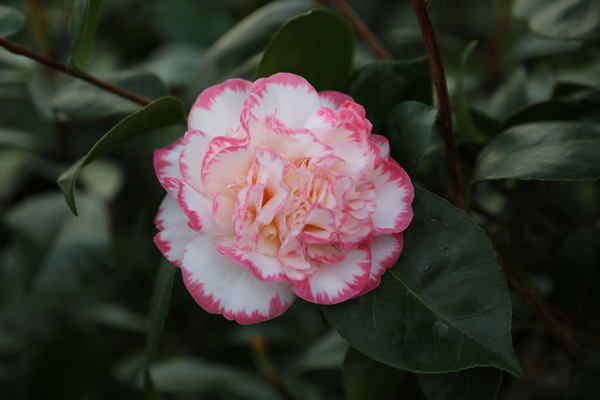 Camellia ‘Margaret Davis’
Camellia ‘Margaret Davis’
Your choice of evergreen shrub will initially depend on your soil type. Those on ericaceous (lime-free) soil will do well with camellias, rhododendrons, evergreen azaleas and pieris. All are naturally woodland plants, where the annual fall of foliage from trees above creates an acidic mulch in which they thrive. Camellias and pieris flower in winter and spring before most trees have put their foliage back on another adaptation to take advantage of the bare canopy overhead.
If you don’t have acid soil you can still grow these in a neutral soil but might find vigour and flowering is reduced. Dig in plenty of ericaceous compost when planting, feed twice a year with ericaceous fertiliser and, if you can, use leaf litter raked from your garden to mulch around the base of the plants in winter. Alternatively, all these shrubs can be grown in large pots with ericaceous compost.
Shrubs in pots are not solely destined for the patio. A good-sized shrub in a pot placed within the border can be effective. The pot itself adds height, so a smaller shrub has impact more quickly, and can also be an attractive backdrop to your other planting if the colour and style is chosen carefully.
View Our collection of ShrubsTo avoid weeds taking root around the bottom edge of the pot in the border, it is worth cutting a square of weed control fabric a few inches wider than the pot and placing on the ground. Top with bark chip and place your pot on top. Another good tip is to use pot feet. Raising the base of the pot off the ground improves drainage and for this reason, protects against frost damage in the winter as well as deterring slugs from climbing up for a meal.
Evergreen Shrubs for Flower, Screen and Shade
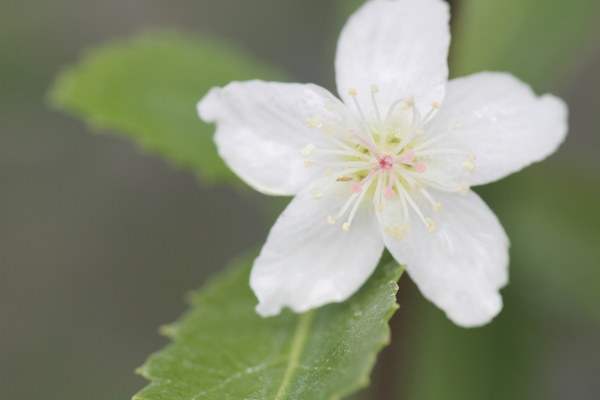
For flower power from your evergreens, go for a daphne such as D. ‘Aureovariegata’ or D. ‘Jacqueline Postill’, which offers beautiful, delicate early spring blooms and gorgeous scent. Another good shrub for winter flowers is Viburnum tinus. This neat, mound forming shrub is easily kept in shape with a pair of shears – but don’t trim them after the longest day in June or you’ll risk losing the flower buds that are forming.
A less well-known flowering evergreen, but a real Hillier favourite, is Hoheria sexstylosa. Good varieties include ‘Snow White’ and ‘Stardust’. It has toothed, mid-green foliage and carries a mass of small, star-shaped, fragrant, white flowers in summer. It can ultimately grow to eight metres high, although can be easily kept in check with a hedge trimmer and makes a fantastic alternative to bamboos or leylandii as a screening plant or hedge.
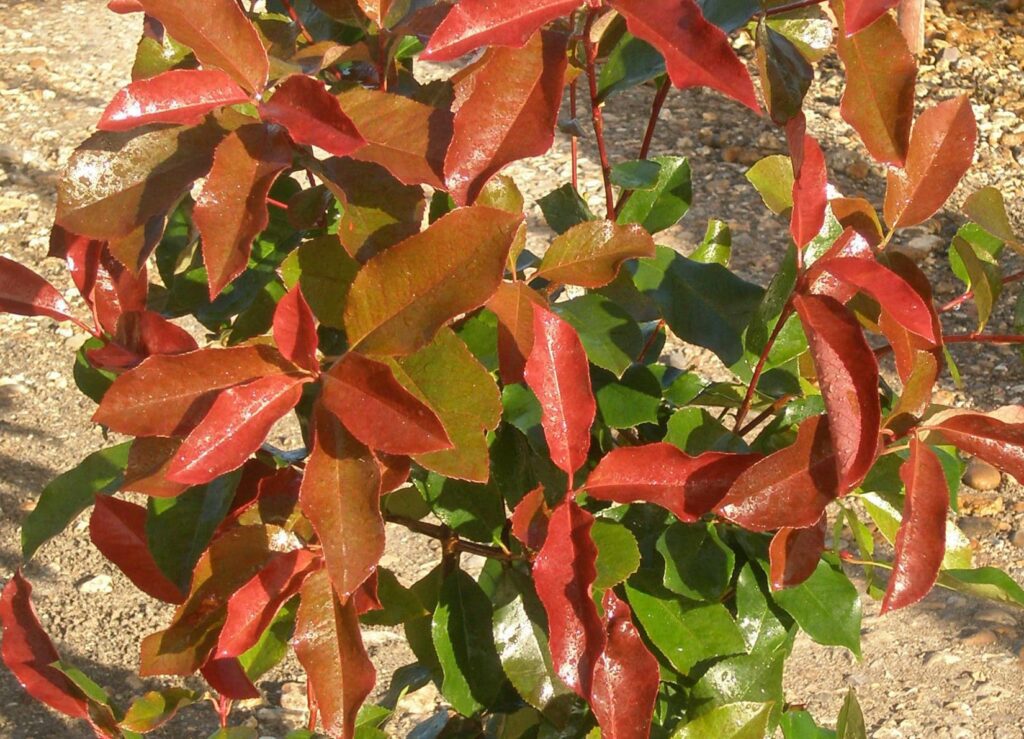
Other good evergreens for hedging or screening include photinia (P. ‘Canivily’ is the best variety), pittosporum, ilex (holly) and Prunus lusitanica (Portuguese laurel) as well as yew, Japanese holly, or privet (ligustrum) for a more formal, clipped hedge. None of these have very impressive flowers, but all can be important constituents of a larger garden scheme. Hedges and larger shrubs also provide important shelter for birds and other wildlife in your garden.
Evergreens can also be a great solution in a shady spot. Aucuba (spotted laurel), fatsia (castor oil plant), mahonia and sarcococca (Christmas box) will all thrive in shade. Each will bring something interesting to an unloved corner, from variegated or architectural foliage, to scented flowers or attractive berries.
>> Download our evergreen shrubs shopping list


